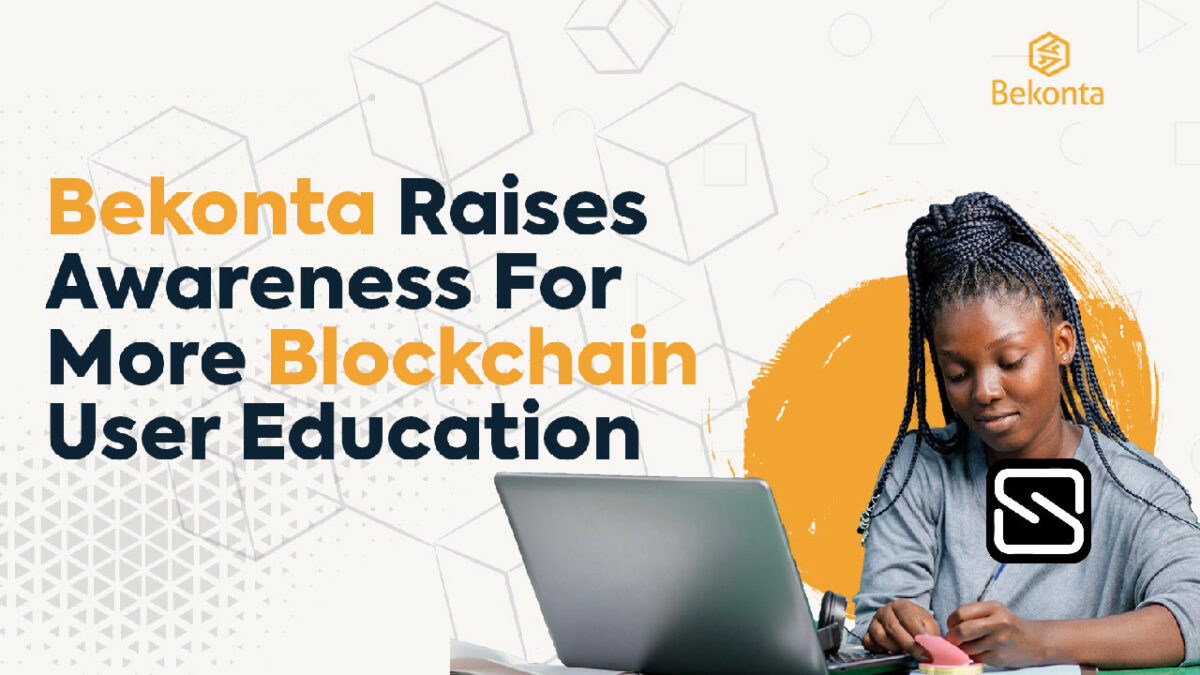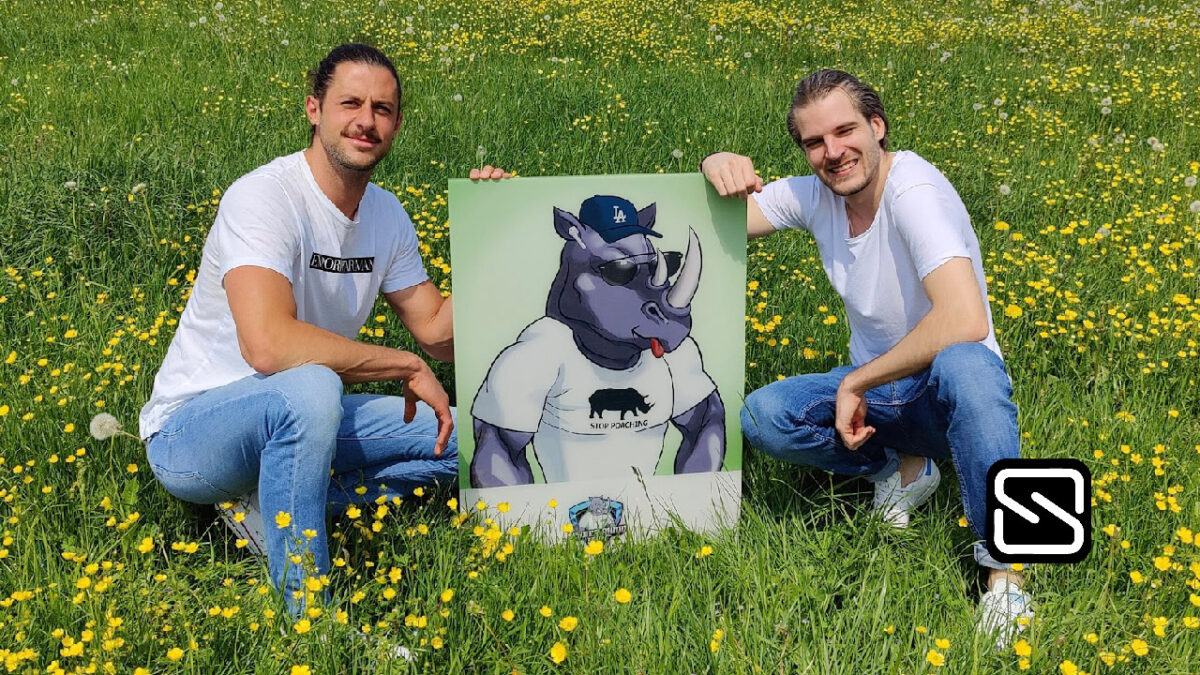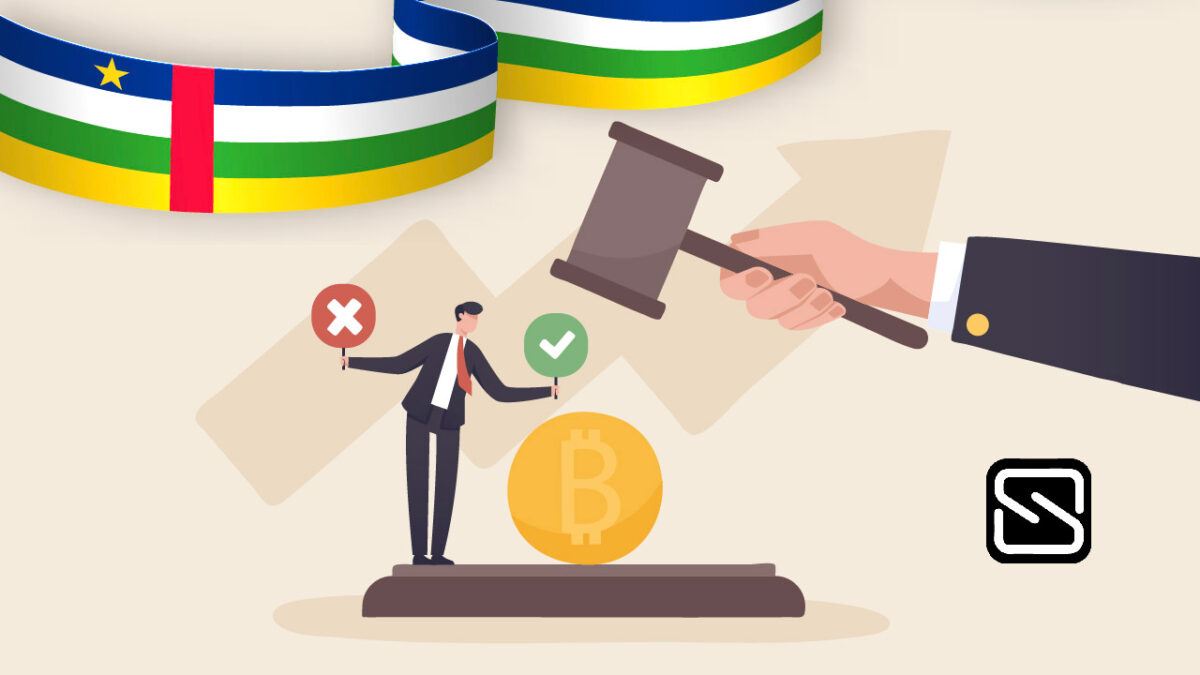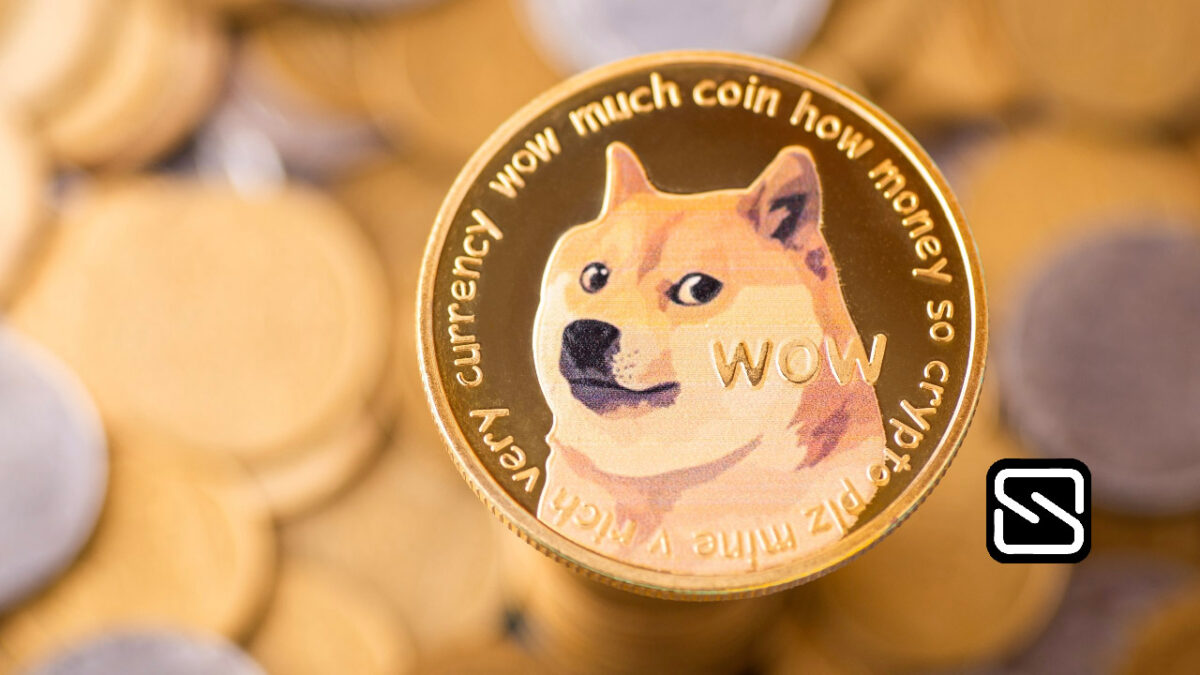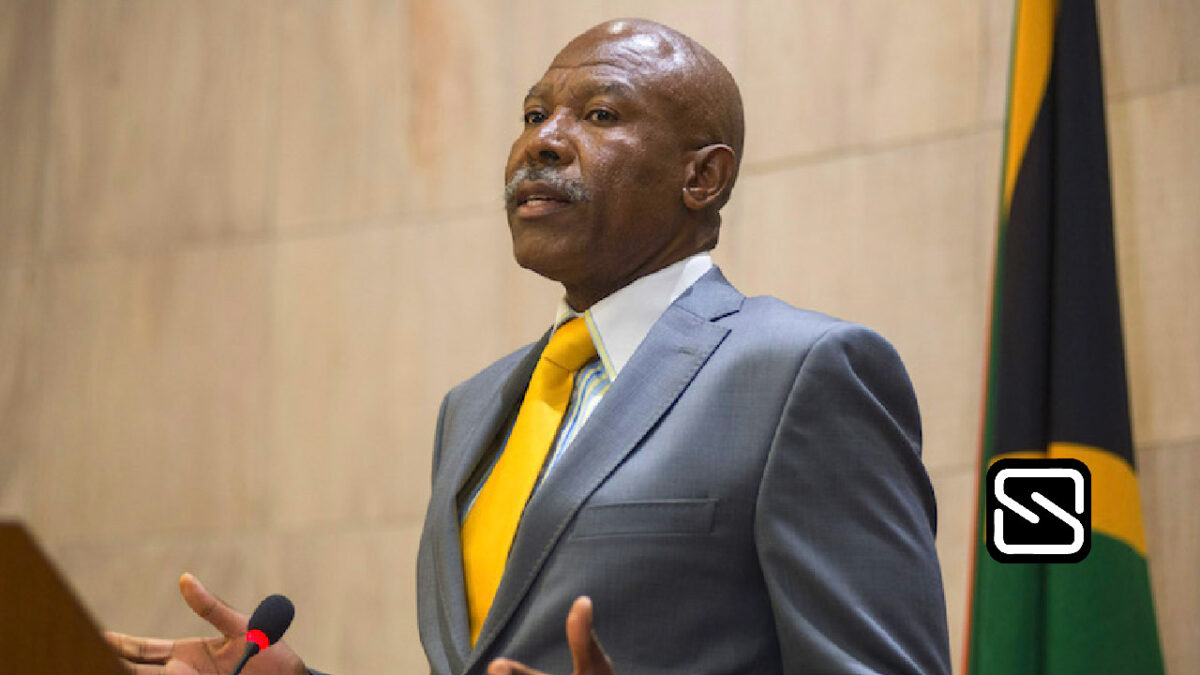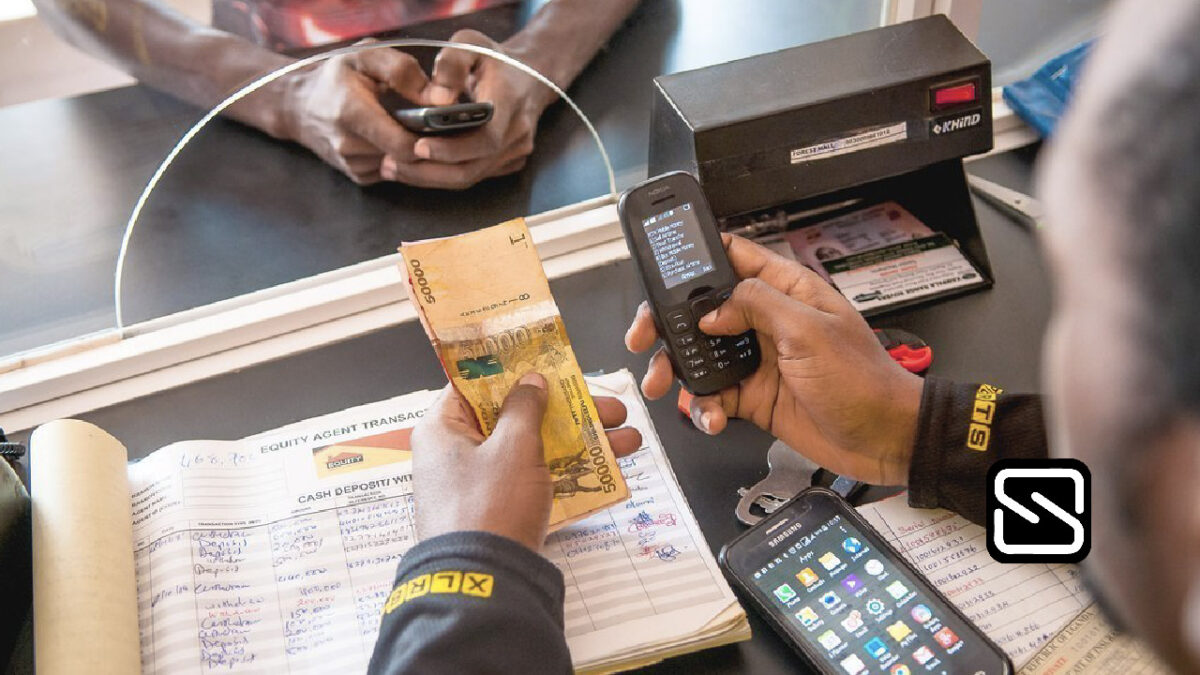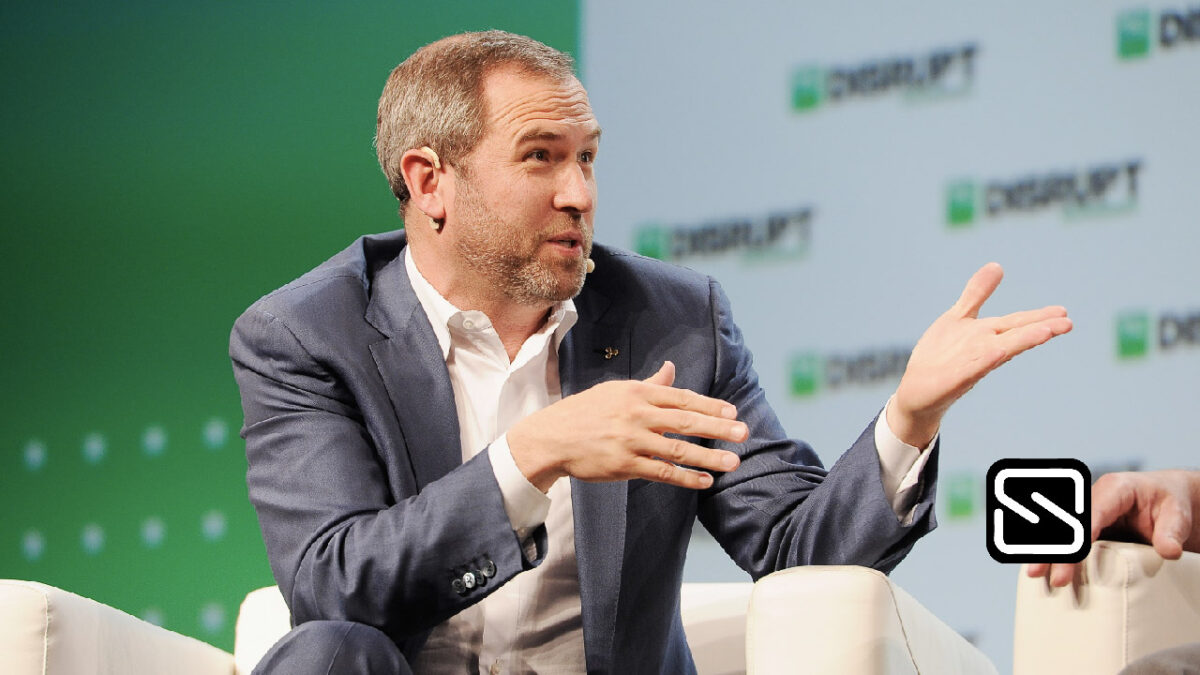Crypto Trading Platform, Bekonta, is raising more awareness for more Blockchain user education in Nigeria as blockchain gains more popularity across the globe. This is geared toward helping Nigerians understand the blockchain ecosystem so that they can position themselves to benefit from this wealth transfer era.
As African entrepreneurs continue to develop solutions and create additional use cases for cryptocurrencies, Bekonta believes that raising awareness through educating users on blockchain technology will increase crypto adoption.
Furthermore, the Nigerian Fintech enterprise is trying to create an environment that would guide Nigerians into a world where cryptocurrency plays an important role in their daily lives.
Nigerians, for example, can use the Bekonta app to pay for things like electricity bills, TV subscriptions, and even top up their airtime. Users that understand how crypto works have taken advantage of what this new technology has to offer, which has contributed significantly to the success of crypto adoption in Nigeria.
The Nigerian crypto market may not be at its pinnacle right now because many people are still unaware of digital currencies, but Bekonta intends to change that soon.
According to a Luno survey, 55 percent of Nigerians are unfamiliar with crypto, compared to 56 percent and 64 percent in South Africa and Kenya, respectively.
A lack of knowledge of the blockchain has been a huge impediment to those researching the crypto industry. Many respondents exhibited a great desire to learn about new and diverse crypto assets beyond Bitcoin, according to a Coinbase study but didn’t know where to start.
Celebrities, musicians, and influencers are already releasing their own NFTs, as these tokens allow more ways for their audiences to participate in the crypto realm. Despite the fact that crypto adoption in Africa is still in its early stages, the more blockchain dialogues that are sparked across industries, the more novel use cases for crypto emerge in Africa.
As a result, Bekonta encourages other Nigerian crypto companies to not only educate their users about the advantages of owning and investing in cryptocurrency but also to share more about the use cases and real-world applications of blockchain technology, so that users can see firsthand how cryptocurrency can help them in their daily lives.
Bekonta Co-founder, Seth Reuben explained, “Blockchain technology is evolving at a fast pace. Hence, it is important to bridge the knowledge gap for the average Nigerian youth so they can tap into the various career and investment opportunities this sector brings. Crypto has come to stay and we hope soon enough, everybody will get involved.”
With the acceleration of crypto adoption, crypto scams are also on the rise. Many fake platforms are out there to swindle people’s funds. So, users must stay informed about these phishing scams to protect their wallets. Here are some safety tips for crypto users to keep their accounts safe:
- Don’t use the same password for your crypto-enabled accounts.
- Properly verify any link you see on the web before you click.
- Turn on 2-Factor authentication on your devices and accounts.
To sum it up, more people need to understand what blockchain is, why it is essential, and how they can utilize it to improve their lives, as the blockchain industry gives an opportunity for Africans to escape poverty. In order for crypto adoption to become more popular in Nigeria, user education will be critical.
